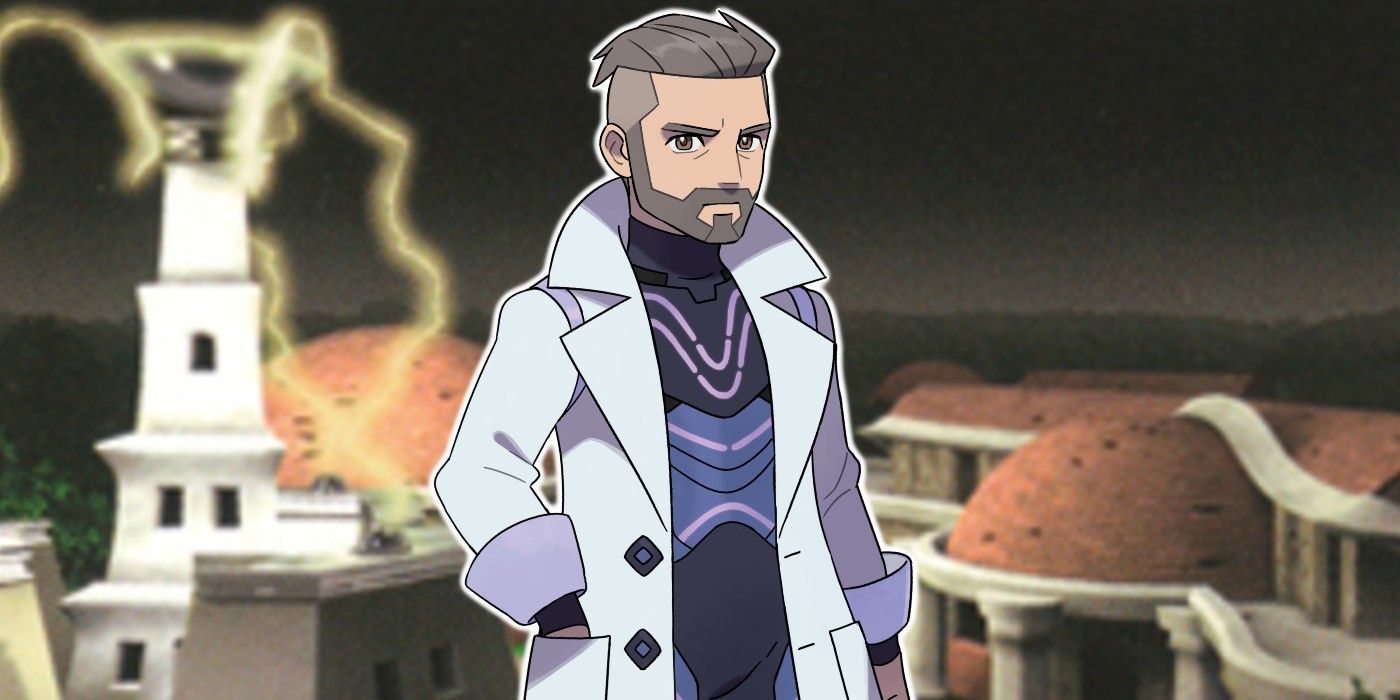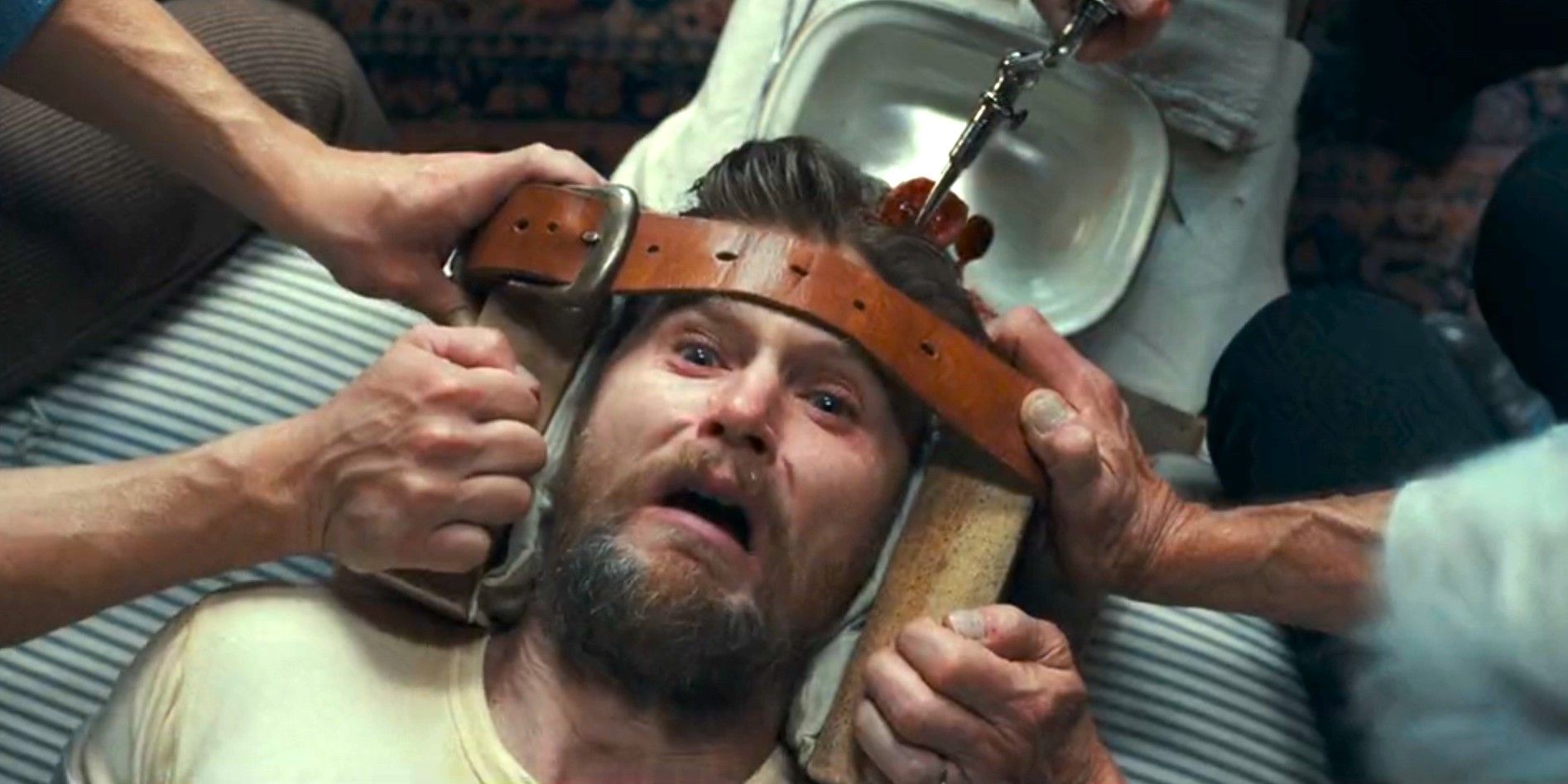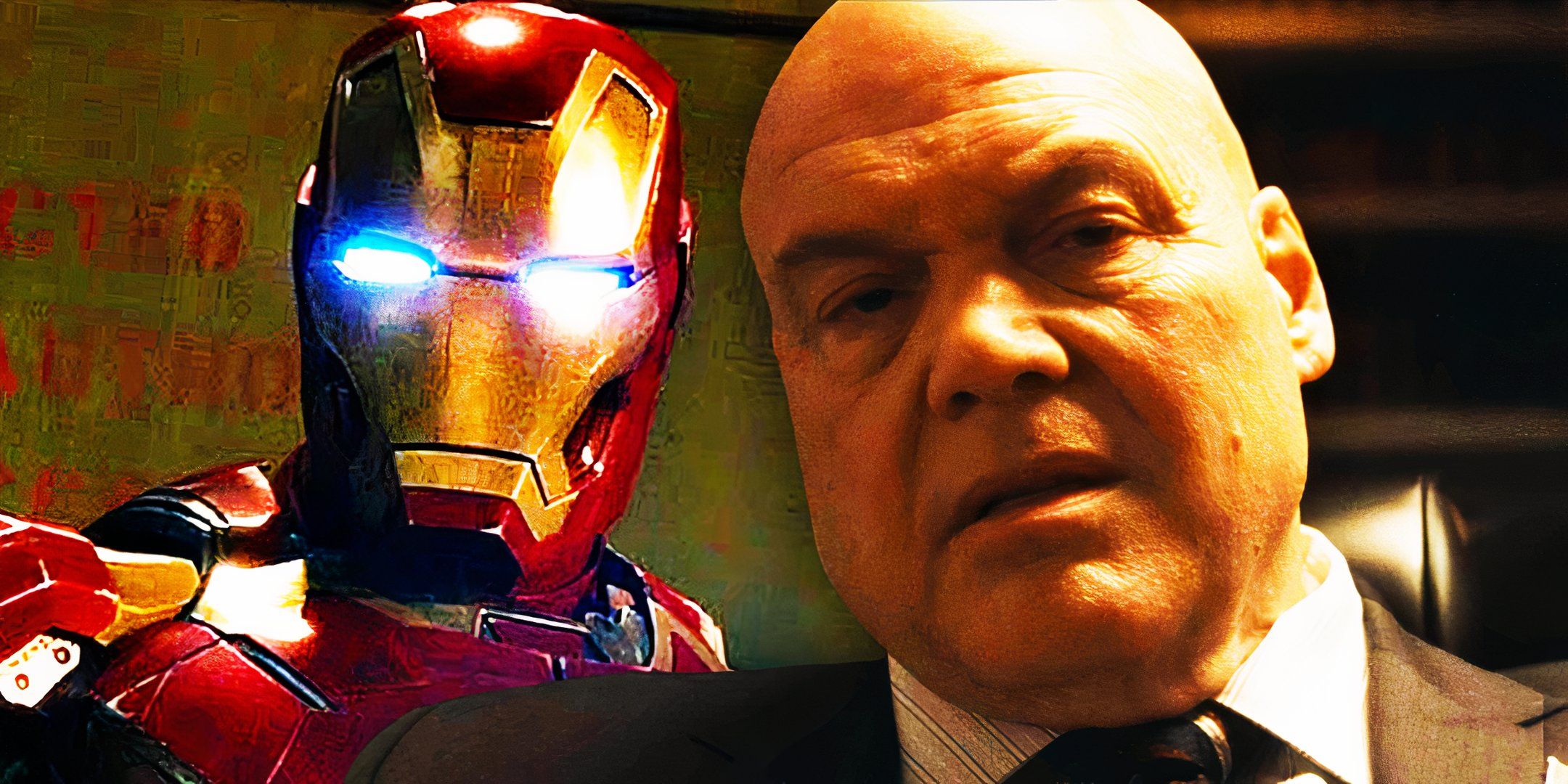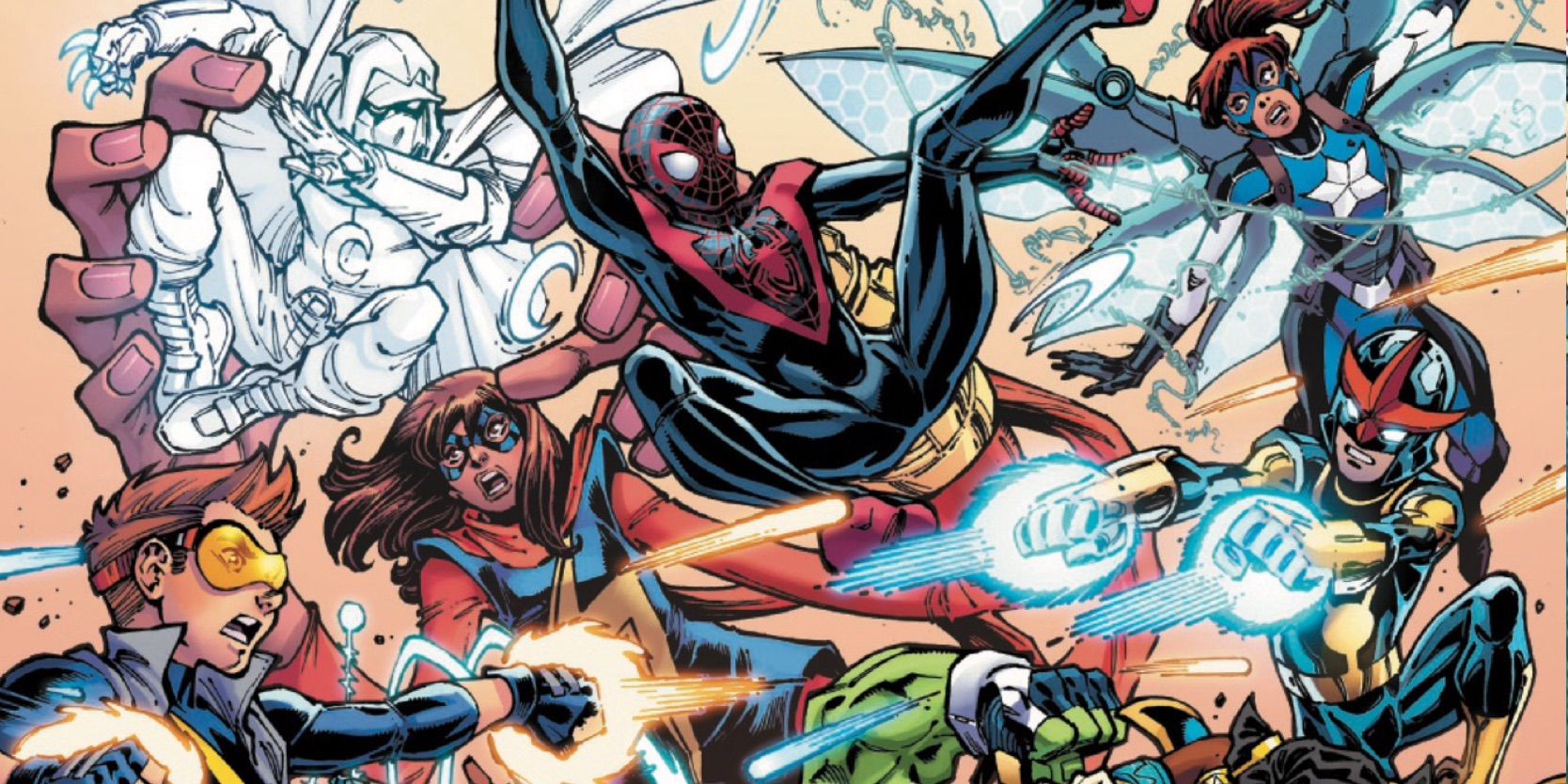Pokémon’s Strangest Region Doesn’t Even Exist In The Video Games
The Pokémon franchise has built up a wide variety of official regions over the years, but arguably the strangest of all actually appears in no such titles. It is relatively common knowledge that most of the core games’ regions are based on real-life areas of the world, but not every aspect of Pokémon’s world follows this rule. Moreover, the franchise’s lesser-known settings can still have some remarkable quirks of their own even without such inspiration.
All of the core Pokémon games’ regions have some sort of basis in reality, which informs a large part of their geography culture and inhabitants. This includes the alternative regional forms of some Pokémon that have appeared in more recent Generations. Of course, novelty and complexity are both crucial factors in the best of Pokémon’s regions. However, taking inspiration from a real country’s national identity is not the only way that Pokémon has created unique regions in the past.
The Holon Region Is A Pokémon TCG Exclusive
It Is A Setting Strongly Affected By Human Experimentation
The video games are not the only sources of interesting new settings for Pokémon, as the Pokémon Trading Card Game has long since proven. The Holon region has only ever been depicted within the TCG, a fact which limits its avenues for worldbuilding. However, Holon still enjoys a unique identity as the home of Delta Pokémon, a TCG-exclusive variant introduced alongside it in the 2005 EX Delta Species expansion. Moreover, subsequent sets have established that Holon is named for its central city, which is laid out like a Poké Ball and located in the middle of the expansive MIrage Forest.
EX Delta Species also introduced Holon’s Pokémon cards, an unusual variety of Pokémon that can be attached as Energy instead of being played as Pokémon.
The centerpiece of the Holon region is the Holon Research Tower, which is itself depicted in an EX Delta Species card. Built to investigate an unusual energy that permeates the region, the tower emits electromagnetic radiation that has a dramatic effect on the local Pokémon. This radiation causes them to become Delta Species Pokémon with different types to normal members of their species. As a result, Holon is defined by having wildlife permanently altered on a massive scale by human interference, although later sets did introduce naturally-occurring Delta Species in their lore as well.
Holon’s Delta Species Are Precursors To Terastallization
The TCG-Exclusive Pokémon Variant Changed Types Due To Human Actions
Close
Of course, the type-shifted gimmick of Delta Species Pokémon is very similar to the more recent concept of Terastallization. It is even possible that the TCG variant may have directly inspired Terastallization. This would be an interesting inversion of the normal relationship between the video games and TCG, in which the latter typically adapts elements of the former. Although with that being said, other Pokémon card variations introduced in the TCG also have no basis in the video games. Regardless, in either case the similarities mean that Delta Species can be seen as a forerunner to Tera Pokémon.
Related More Details Revealed In Returning Pokémon TCG Feature, Including New Cards And Pack Cover Art The Pokémon Trading Card Game is officially bringing back an old feature, and the first set has been confirmed, along with four upcoming cards.
Although many regions have their own unique traits, the Holon region still stands out. In addition to being relatively small, centered around a single forest-bound settlement, the idea of an entire region’s Pokémon being directly affected by scientific experiments is not seen elsewhere in the franchise. As a result, Holon is undoubtedly one of the most unique regions in the Pokémon franchise, a particularly notable title for a setting that has never been explored in the core games.











COMMENTS